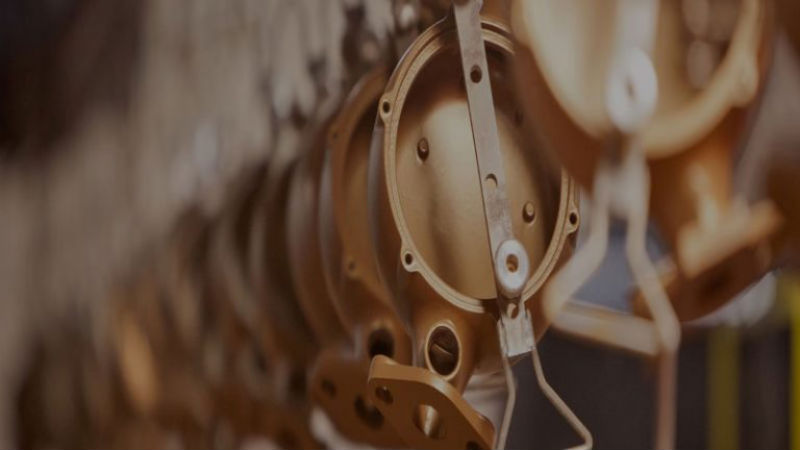Have you ever heard of stainless steel passivation? Unless you are in the metal industry, there is a good chance you have not.
The Passivation Process
Passivation is a process where metal is treated or coated to help reduce the chemical reactivity of the surface. For stainless steel, the process of passivation means to remove the free iron that is present on the surface of the metal by using an acid solution in order to prevent issues of rusting.
After the surface iron has been removed, the other components of the alloy, mainly chromium and sometimes nickel, will be left behind and serve as the surface layer for the steel underneath.
When this material is exposed to air, they will react with oxygen and form an oxide lawyer that helps to protect the remainder of the steel from issues of corrosion. This surface is then considered corrosion resistant, which means that nothing will damage it. This includes chemicals, heat, or mechanical means.
The Problems with Corrosion
If stainless steel passivation is not used, then the iron will be exposed and it may become rusted. This is why passivation may have to be done on a regular basis. This is true for both commercial and home settings for items that are exposed to salt, bleach or other cleaning solutions.
In the past, nitric acid was used in the stainless steel passivation process. However, today, a safer and more effective material is used, citric acid. Unlike the old method of using nitric acid, when citric acid is used it doesn’t remove any other elements present in the alloy, it will not introduce any heavy metals, it will only remove the iron and it is a more environmentally friendly process.
As a result, for many applications, citric acid just makes sense to use. This is especially true for any industry that is working to reduce their carbon footprint. This will offer the same results, while minimizing damage to the environment.

